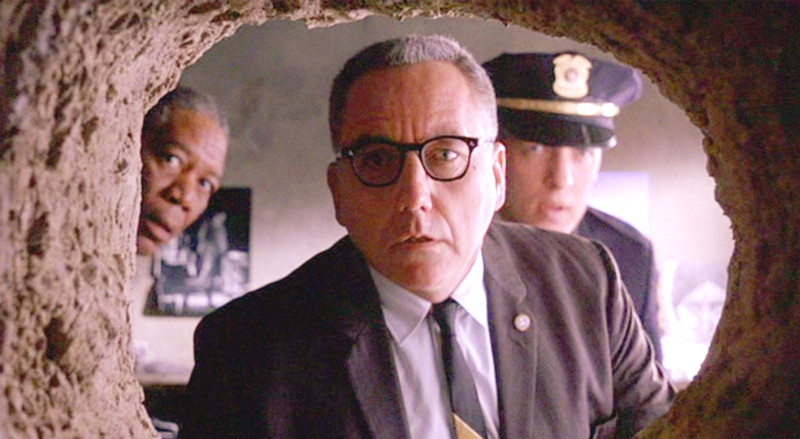
These are the classics in the truest sense. Everyone loves them with all their heart, regardless of their age. There may be naysayers who nastily comment that there is no piece of work that can only gain appreciation, and that film is different in that regard.
Technically and theoretically, you are right. But in reality, that number is so low that by the rule of mathematics, they can be easily discarded. Again, no one can completely disregard the merit of these films, such are their charms. At most, they can point out some of the film’s faults that many eyes may not catch.
But who or what are we without faults? We, mere humans, are never without faults, so it is natural that the works made by us can have some minor glitches. But as already stated, the faults are minor and are triumphed by their cinematic achievements. With that in mind, it is not easy to create a film that is loved by the majority of the people. It may be easy to create a film for children, but not a film that can be appreciated by all family members.
These are films in which you can bond with your family members, introduce your child to the magic of motion pictures, and so many other things. Without further ado, here are 10 great films from the history of cinema that everyone loves.
1. Back to the Future
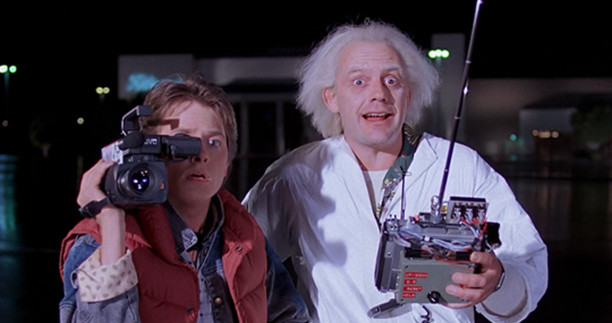
Kids in the 2010s tend to have mobile phones, laptops, and video games to keep their attention; the ‘80s didn’t have that. Even in previous decades, children grew up embracing the love of storybooks. Science fiction books were the most popular, and they could rejuvenate and run their imaginations fast and wild. Authors like H.G. Wells, Arthur C. Clarke, and Philip K. Dick were the most renowned names in the business.
Motion pictures tried to draw that young crowd into theatres by adopting several of their books for the screen, but most of the time they were unsuccessful in translating the charm of the brilliant books. So came the demand of original science fiction scripts that were specifically written for the screen.
Filmmakers like Steven Spielberg tried to fill the gap and also produced some of the biggest hits of all time, of which “Back to the Future” is an example. The production of the film was a mess, but with Robert Zemeckis as the director under the guidance of Spielberg, “Back to the Future” evoked popular sentiments.
It had time travel as the plot accelerator and featured famous lines that are popular even with today’s kids. Marty McFly is a fun-loving teenager who’s friends with eccentric scientist Dr. Brown, who has mannerisms like Albert Einstein. He invented a time-machine car from a DeLorean that will transport Marty to the 1950s, where he meets his parents and tries to fix the root of their problems in the present.
Zemeckis brilliantly used situational comedy, such as when Marty invented rock music, ignored the advances of his soon-to-be mother when she was a teenager, and tries to slip away from the time-continuum problem. If you are a teenager reading this list, do not waste your time and watch this movie. It’s a movie you can talk about with your parents – you will have a brilliant time.
2. The Wizard of Oz
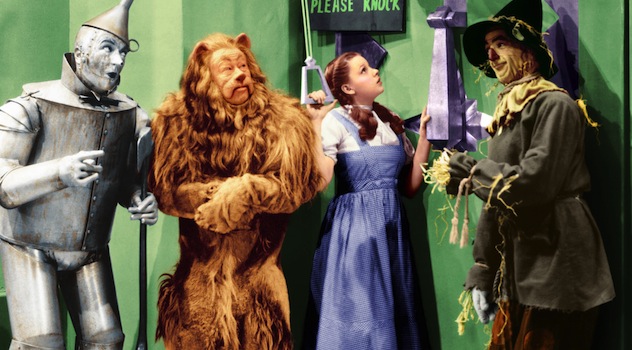
“The Wizard of Oz” was a widely popular children’s book written in the 1930s. After the success of “Snow White and the Seven Dwarfs,” MGM thought about translating this book for the screen and ordered treatments and full film scripts. It was also the age of Technicolor; legend has it that the visual artists took several days only to find the correct hues of yellow for the brick road.
Featuring enormous song and dance routines, rainbow dreams, and the fantasy world of witches, wizards, ruby slippers and transportation, “The Wizard of Oz” became famous with adults as well. The characters that Dorothy befriends on her way to meet the Wicked Witch of the West have various wonderful character traits as well as weaknesses in which they are eager to dissolve; the audience relates to their pains and crowded the theatres with their presence.
It was also a film of revelation and reminders to the children and the adults that regardless of the magic of colors, life may not be a dreamy journey at all. Dorothy encounters truly heartless characters in her early childhood. Miss Gulch doesn’t care about animals, which is why she later appears to Dorothy as a witch.
The various witches in her way are only concerned about their fortunes and the last dangerous revelation, that all of that fantastical world is managed by an incompetent wizard. The film ultimately tells us that maybe it was all a dream, when Dorothy wakes up and realizes that all the events didn’t happen in real life.
3. Star Wars – the Original Trilogy
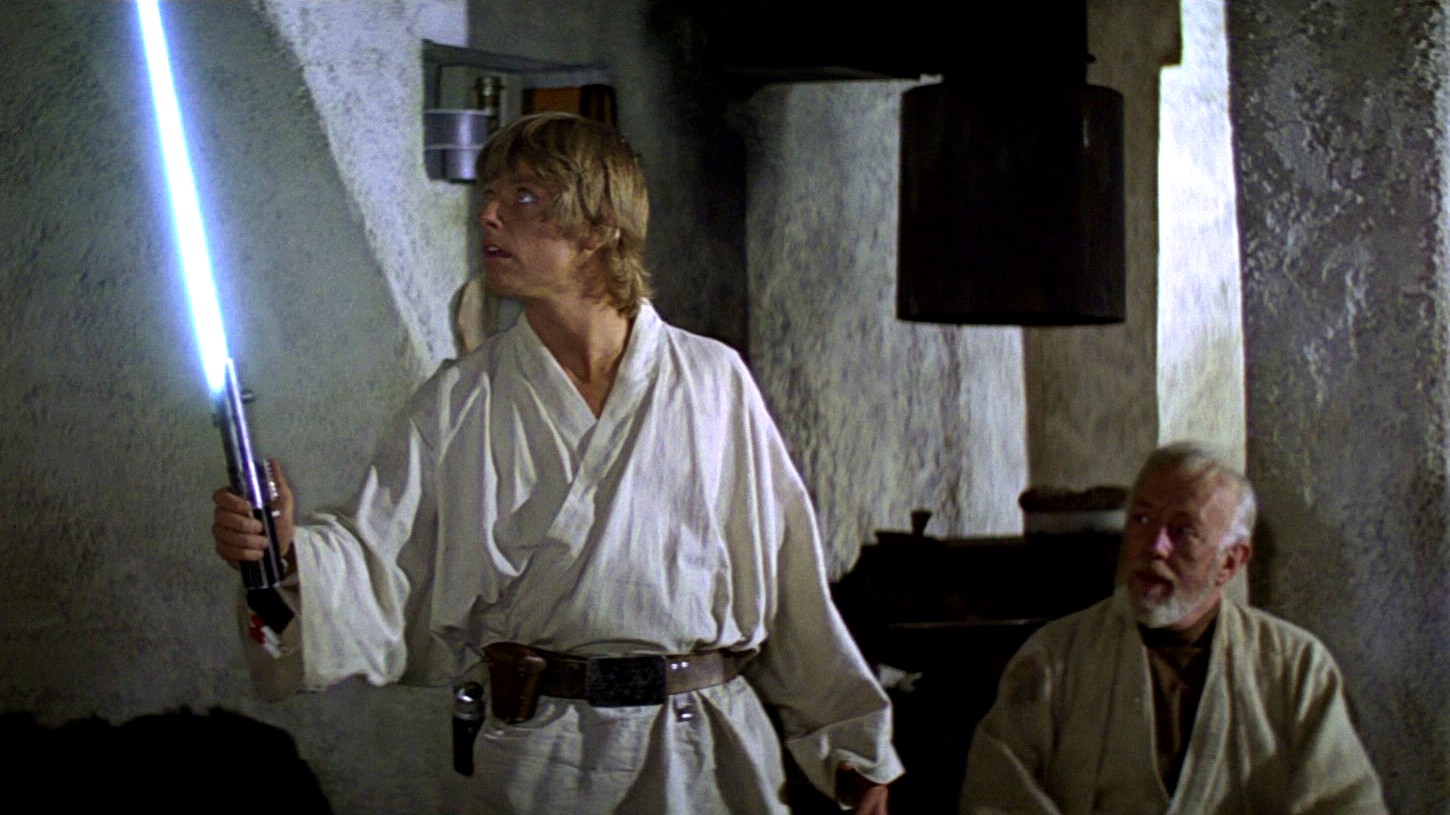
Apart from being one of the highest-grossing films and arguably the best space opera ever, “Star Wars,” as well as the other two films in the original trilogy, uses the cinematic structure of film serials to its best fruition.
Like one slowly and steadily peels the skin of an orange, “Star Wars” gradually reveals the best of things. It is surprising to know that the first film was written without the intention of creating a trilogy series. George Lucas was unsure if the first part would ever even be financed, so he kept expectations low.
As a result, “Star Wars,” released without an episode number, had a self-contained story with a climactic finale and became one of the best parts of a trilogy film series. The success of the first film enabled Lucas to rewrite the full drafts of the sequels, which he only outlined as a habit.
It was not an estimate but a certainty that “Star Wars” would become a massive hit, as analysts have now realized. “Star Wars” had all of the elements to be a success: a great fantasy world that is epic in scope; a hero’s journey; likable side characters; good special effects; the battle between good and evil; and the great lightsaber. R2-D2 and C-3PO were popular among children; the hyperdrive and Death Star were appreciated by sci-fi fans; and Lucas exemplified this factor in the sequel “The Empire Strikes Back.”
The confusion between parenting and the power equation, as well as the Jedi master Yoda who speaks with a unique style, were the highlights and Lucas completed the trilogy with a duel between the rebels and the emperor. “Star Wars” was never gone from pop culture; just look at the merchandising. Don’t forget to buy a lightsaber for your child, and maybe one for yourself as well.
4. The Shawshank Redemption
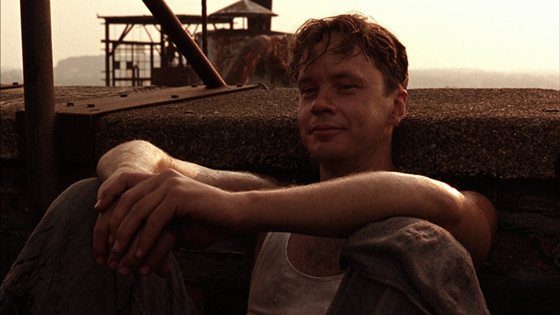
“Andy Dufresne, who crawled through a river of shit and came out clean on the other side.” “Get busy living, or get busy dying.” “Some birds aren’t meant to be caged. Their feathers are just too bright.” Which of those lines is your favorite? Stuffed with memorable dialogue and lessons, “The Shawshank Redemption” is a film that spoils you with choices; the great quotations that tell us to hold tight onto hope aren’t even mentioned above, but still, it is a great compilation. What are the right boxes that needed to be ticked to create a film like this that is a delight for every viewer?
Maybe there is no steady formula except to write hard and hope for the best. Because hope is a good thing and no good thing ever dies. “The Shawshank Redemption” is a film for everyone because it shows us that life is not a bed of roses; what Andy felt in his life is something we’ve all felt at one point – why do bad things happen to us? But this film teaches us a fundamental thing, which is to not lose hope, even in the darkest night.
The odds may be against us, but hard work never fails and friendship may be the only thing that keeps us alive. For life affirmations or simply to spend a good time alone, there is no better film than this.
5. Cinema Paradiso
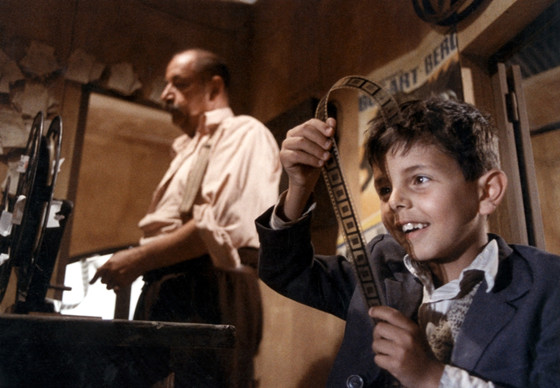
A film made by a film buff for the film buff featuring three characters in the plot who are film buffs. “Cinema Paradiso” is one of those films that are essential checkpoints for an amateur film viewer and declare that they are now a film buff. Nobody shouldn’t take any offense at that.
Film buff or not, watching this tearjerker, one of the greatest films ever made about the love of cinema, will score you extra brownie points. Relatability is a great factor for any film to grow in the public conscience, and “Cinema Paradiso” scores the best in that regard.
Everyone had lost something in their life that they immensely loved; it could be an innocent first love, the initial bonding with one’s best friend, or the smell of home soil on the run for success. Salvatore loses all of that in his life; his first innocent love became unrequited, his best friend Alfredo rejects him for a greater goal, and he leaves his home soil to pursue his filmmaking dreams.
Alfredo and Salvatore had an exemplary friendship that taught Salvatore about the love of cinema. The viewer also gets to know the mechanics of film projection in the hands of Alfredo. It is a sight to see how films were screened in the era of censorship; the acting is also exemplary in the film with great turns by both Philippe Noiret and Salvatore Cascio as Alfredo and Salvatore, respectively.
You will gasp with wide eyes, just like the young Salvatore on the screen. The great finale where the adult Salvatore sees his final gift from Alfredo in the form a re-edited compilation of love scenes will break your heart into pieces.